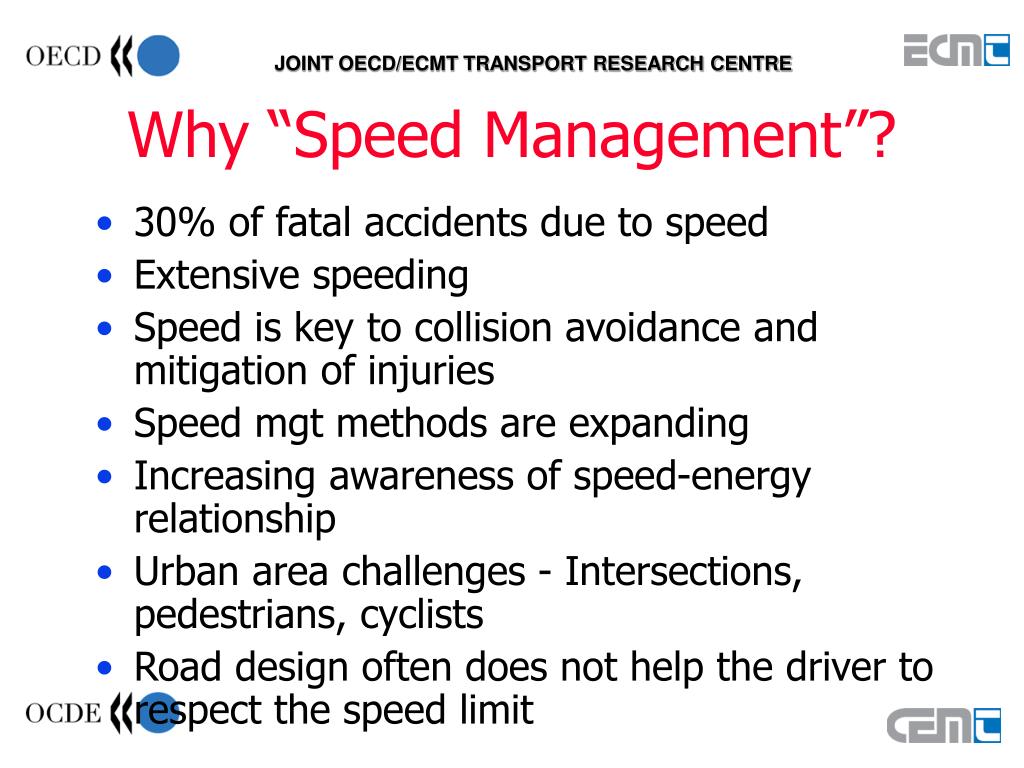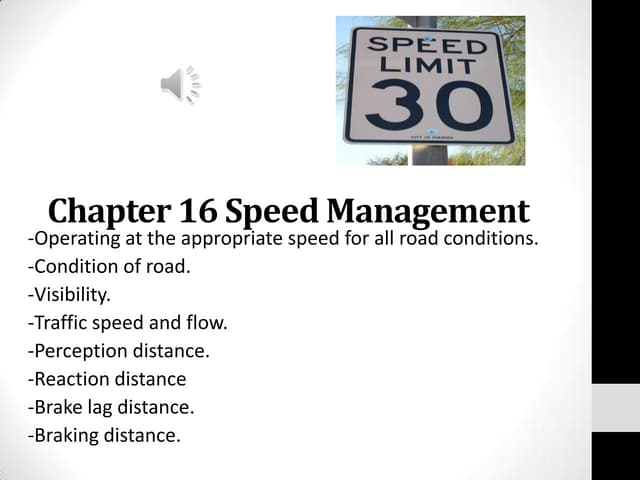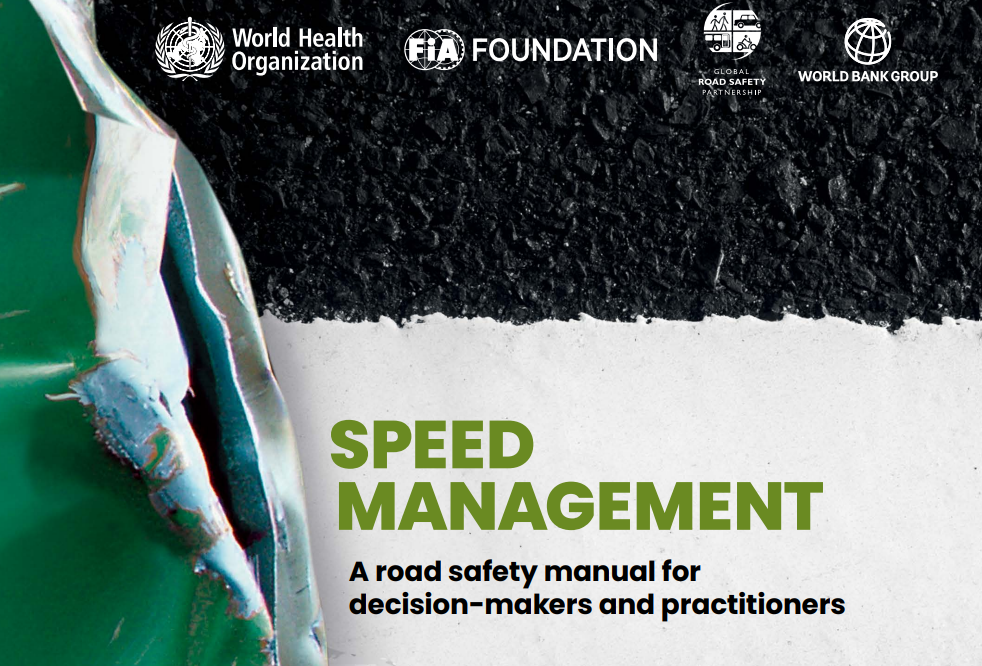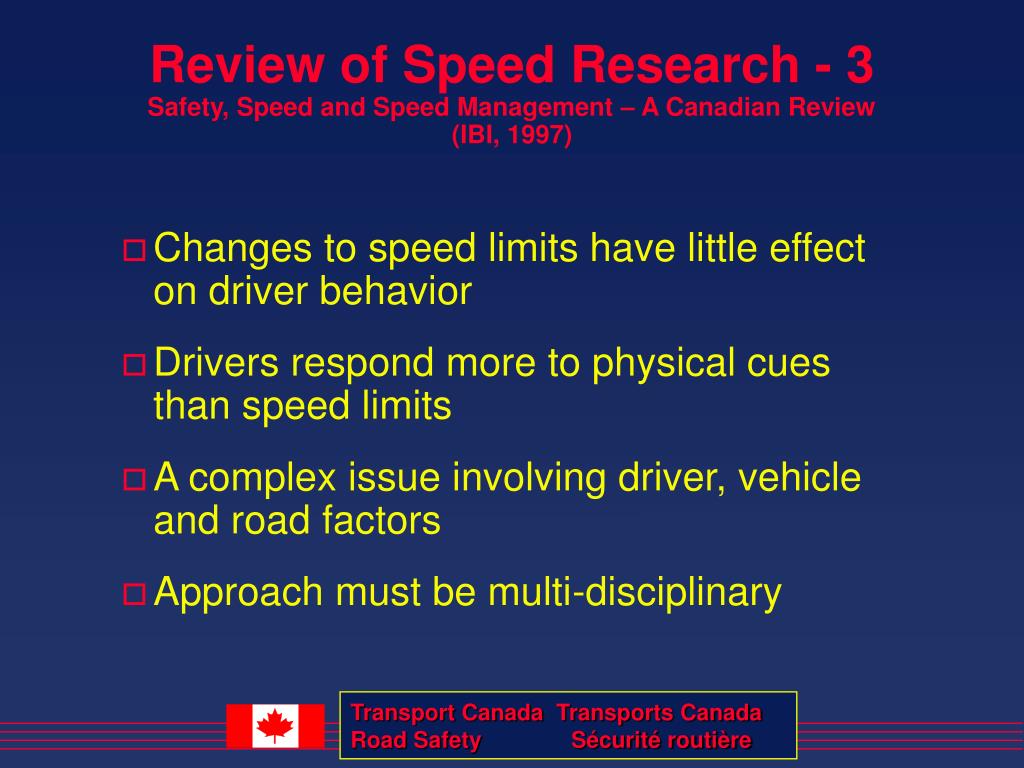Which Of These Statements About Speed Management Is True
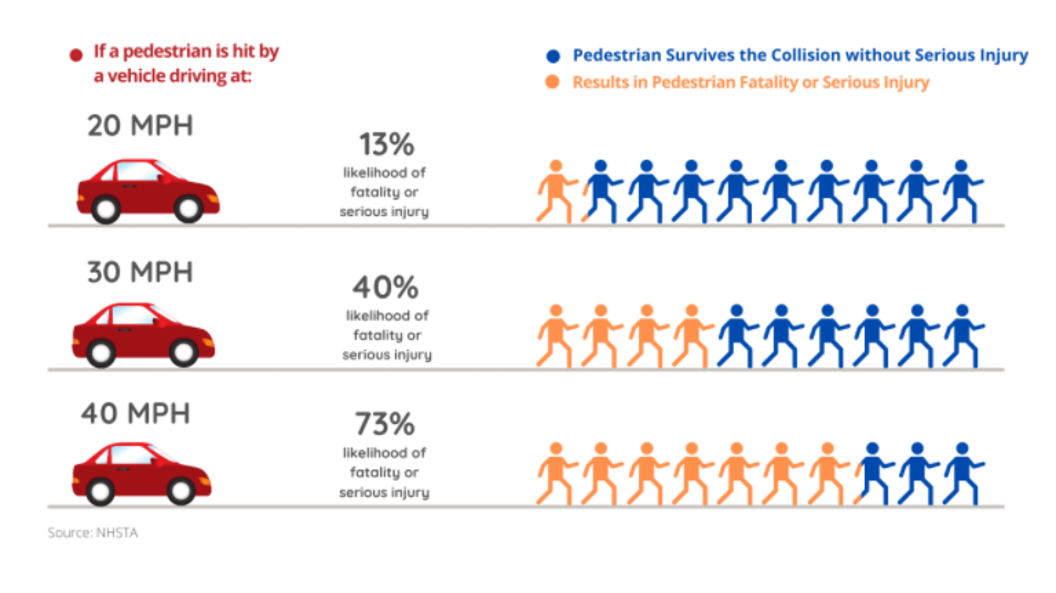
A recent study analyzing global speed management strategies has sparked a heated debate among transportation experts, policymakers, and the public alike. At the heart of the discussion is a fundamental question: What is the most effective approach to reducing speed-related accidents and fatalities on our roads?
The core issue revolves around several key statements about speed management, each with its proponents and detractors. This article aims to objectively examine these statements, drawing on data and research from reputable sources to determine which hold the most merit.
The Competing Statements
Several statements about speed management are currently being debated. Here are some of the most prominent:
- Statement A: Strict speed limits, rigorously enforced, are the single most effective method for reducing accidents.
- Statement B: Road design and infrastructure modifications are more effective than simply lowering speed limits.
- Statement C: Public education campaigns that change driver behavior are the key to long-term speed management success.
- Statement D: A combination of all the above approaches – enforcement, infrastructure, and education – is necessary for optimal results.
The "right" answer is far from simple, and the effectiveness of each approach can vary significantly depending on local context, road conditions, and driver demographics.
Examining Statement A: Strict Speed Limits and Enforcement
This statement emphasizes the importance of setting clear speed limits and ensuring they are consistently enforced. Proponents argue that clearly defined rules, coupled with penalties for violations, deter speeding and create a culture of compliance.
Data from organizations like the National Highway Traffic Safety Administration (NHTSA) consistently shows a correlation between speeding and increased accident severity. NHTSA reports speeding was a contributing factor in 29% of all traffic fatalities in 2021.
However, critics argue that simply lowering speed limits without addressing other factors, such as road design, can be ineffective and even counterproductive. Studies have shown that artificially low speed limits on well-designed roads can lead to increased driver frustration and unpredictable behavior.
Examining Statement B: Road Design and Infrastructure Modifications
This statement focuses on the role of infrastructure in influencing driver behavior and mitigating the consequences of accidents. Well-designed roads, with features like roundabouts, wider lanes, and clear signage, can naturally encourage safer speeds.
The Insurance Institute for Highway Safety (IIHS) has conducted extensive research demonstrating the effectiveness of infrastructure improvements in reducing crashes. For instance, roundabouts have been shown to significantly reduce the number of fatal and injury crashes compared to traditional intersections.
"Road design plays a crucial role in guiding driver behavior and minimizing the risk of collisions,"notes Dr. David Harkey, President of the IIHS. Infrastructure improvements are often more expensive upfront than simply lowering speed limits, but offer longer-term, more sustainable benefits.
Examining Statement C: Public Education Campaigns and Driver Behavior
This statement highlights the importance of changing driver attitudes and behaviors through targeted public education campaigns. These campaigns aim to raise awareness of the dangers of speeding and promote a culture of safe driving.
Organizations like the World Health Organization (WHO) emphasize the critical role of education in addressing the underlying causes of speeding. These campaigns can take many forms, including public service announcements, driver education programs, and community outreach initiatives.
The effectiveness of education campaigns can be difficult to measure, but they are generally considered an essential component of a comprehensive speed management strategy. Long-term changes in driver behavior require a sustained and multi-faceted approach.
Synthesizing the Evidence: Statement D
Based on the available evidence, Statement D – that a combination of enforcement, infrastructure, and education is necessary for optimal results – appears to be the most accurate. The most effective speed management strategies are those that integrate all three elements.
A comprehensive approach acknowledges that speeding is a complex problem with multiple contributing factors. Addressing these factors requires a holistic strategy that combines strict enforcement with infrastructure improvements and public education campaigns.
Successfully implemented speed management programs often involve a collaborative effort between law enforcement, transportation agencies, and community organizations.
The Human Element
Beyond the data and statistics, it's crucial to remember the human cost of speed-related accidents. Every year, thousands of lives are lost or irrevocably altered due to preventable collisions.
Sarah Miller, a survivor of a serious car accident caused by a speeding driver, shared her experience: "It's not just about the numbers; it's about the lives shattered and the families left behind. We need to do everything we can to make our roads safer."
Her story serves as a powerful reminder of the importance of prioritizing speed management and creating a safer transportation system for everyone.
Conclusion
The evidence suggests that a multifaceted approach, encompassing strict enforcement, infrastructure improvements, and robust public education campaigns, offers the best hope for reducing speed-related accidents and fatalities. While each individual element can contribute to improved safety, their combined impact is far greater.
Moving forward, policymakers and transportation professionals should prioritize integrated speed management strategies that address the complexities of human behavior and the challenges of road safety. Only through a comprehensive and collaborative effort can we create a safer and more sustainable transportation future for all.
Ultimately, the goal is not simply to lower speed limits, but to create a transportation system that prioritizes safety and encourages responsible driving behavior.
